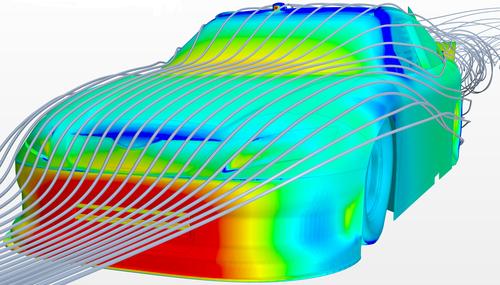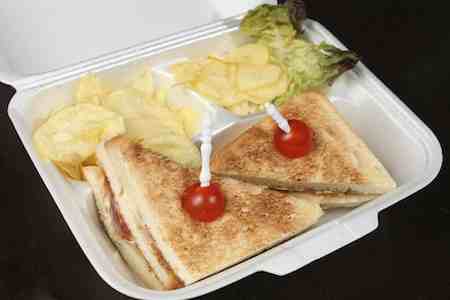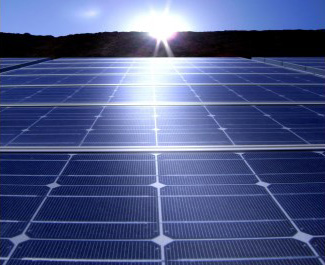Polypropylene (PP) availability in Europe is tightening and prices are rising, as cracker cutbacks lead to propylene constraints, sources said on Monday.
“Our stocks are critical. We have never seen stocks so low,” said one major PP producer.
PP buyers acknowledged that they had to pay higher prices in June, but several large buyers had still not settled for the month.
Producers were pushing to cover the €45/tonne ($63/tonne) increase in the June monthly propylene contract, and were having partial success.
“We managed to buy at an increase of €20/tonne at the beginning of the month but there is pressure for more now,” said one buyer who had not yet concluded for the whole of June.
Homopolymer injection prices were now up above €800/tonne FD (free delivered) NWE (northwest Europe) on a gross basis, with spot prices, traded on a net basis, moving firmly above €700/tonne FD NWE, according to global chemical market intelligence service ICIS pricing. Spot prices had been languishing just below €700/tonne FD NWE, but were now moving towards €750-760/tonne FD NWE.
Cracker cutbacks had been introduced in Europe mainly to reduce ethylene availability to the market. Polyethylene (PE) demand was down by as much as 18% compared with 2008, according to some estimates.
PP demand was estimated to be down by 12-15%, depending on the sector.
Ethylene cutbacks had inevitably led to a reduction in propylene output, as propylene is a by-product of ethylene production in the traditional naphtha-cracking process.
The reduction at the cracker level was based on poor profit margins, and high naphtha costs meant that crackers would continue to run at low levels, estimated to be around 75% of capacity, for some time.
Brent was still trading above $70/bbl on Monday and naphtha was high, at $575-585/tonne CIF (cost, insurance and freight) NWE.
PP producers were subsequently expecting another hike in July propylene, and they were already preparing for further price hikes for PP next month.
“Monomer is restricted. Cracker economics are very bad. July will see another big increase that we will have to recover,” said another PP producer. “There is a lack of material. It isn’t just a question of price.”
Both polyethylene (PE) and PP in Europe had been heavily supported by strong exports, and these commitments meant that significant volumes were still leaving Europe, principally for Asia, in June.
Asian prices were moving higher in June, as crude oil and naphtha prices continued to rise. Higher prices meant that European producers were still able to export to Asia, despite the recent weakening of the dollar which had led to some concerns from traders in particular.
There remained an element of nervousness in all global markets, however, as new capacities in India and the Middle East were coming on stream. Capacities had been delayed, and large European buyers were still impatiently waiting for new offers at lower prices. On Monday there were signs that offers were being made at some accounts.
PP discussions for June were still ongoing, but a spread of €30-60/tonne was already confirmed for settled business.
PP and PE producers in Europe include LyondellBasell, Borealis, SABIC, Total Petrochemicals, Dow Chemical, Repsol, INEOS Olefins and Polymers, Polychim and Domo.
Source: nctww.com







